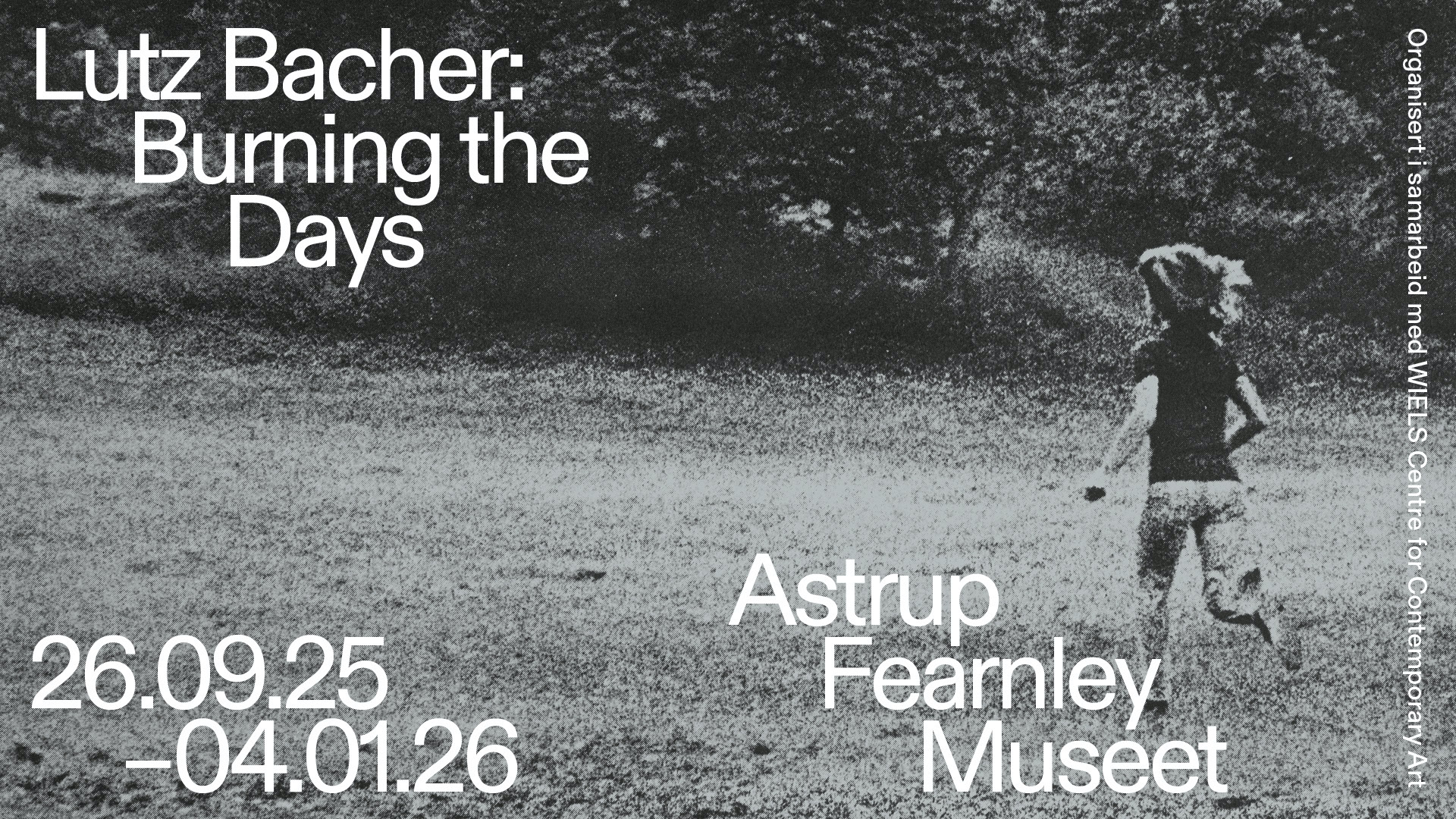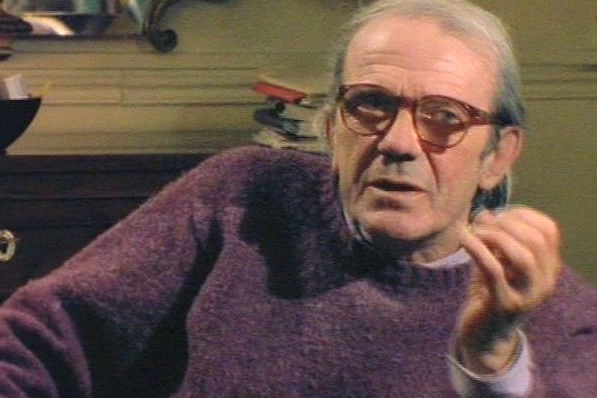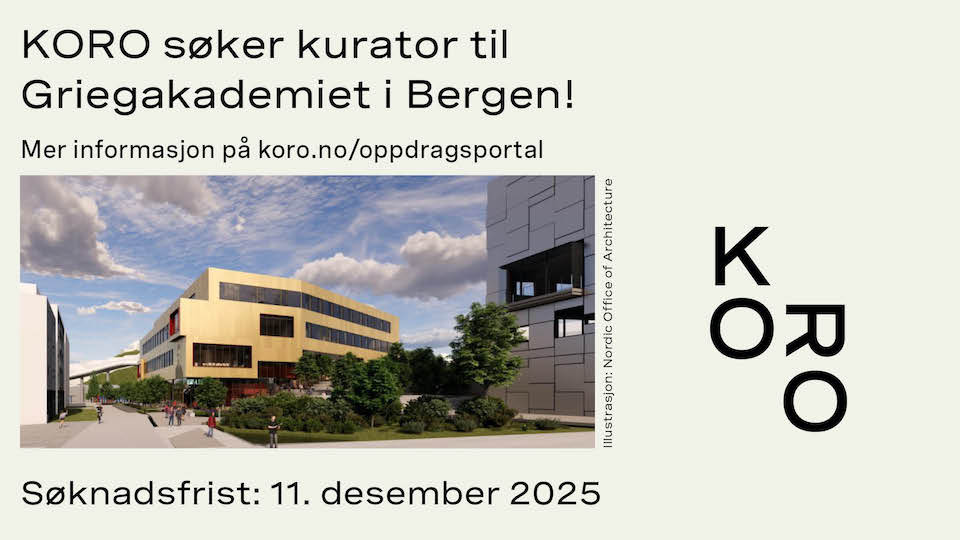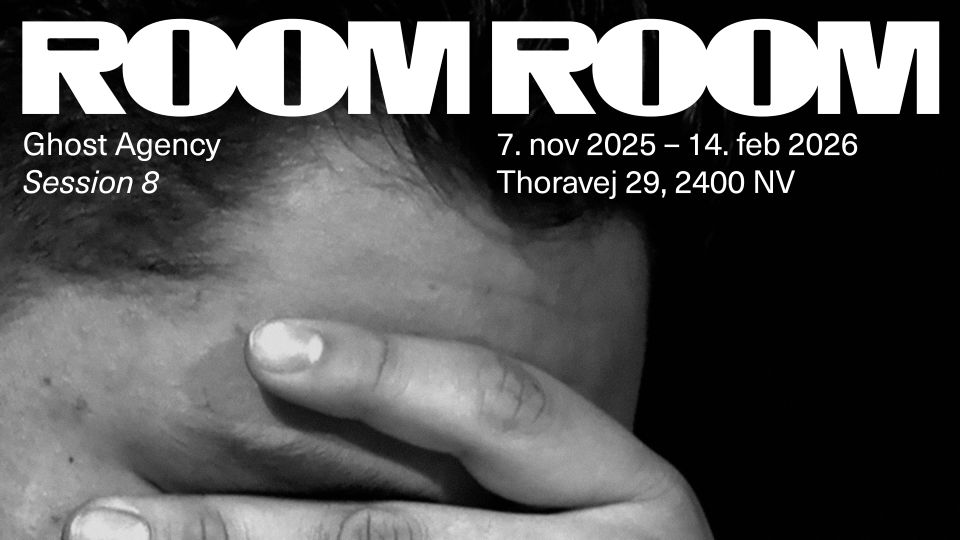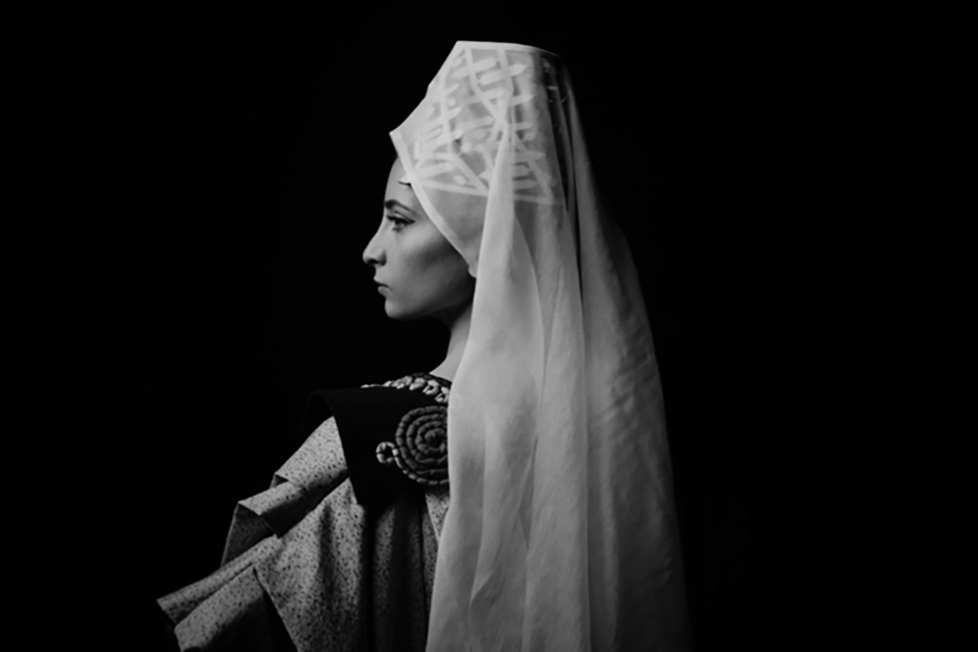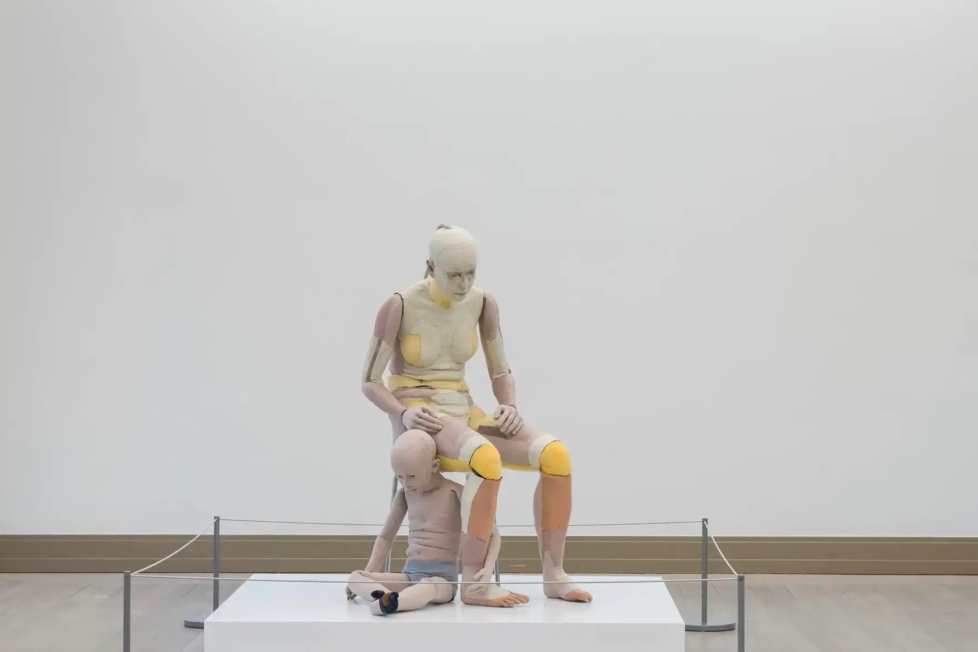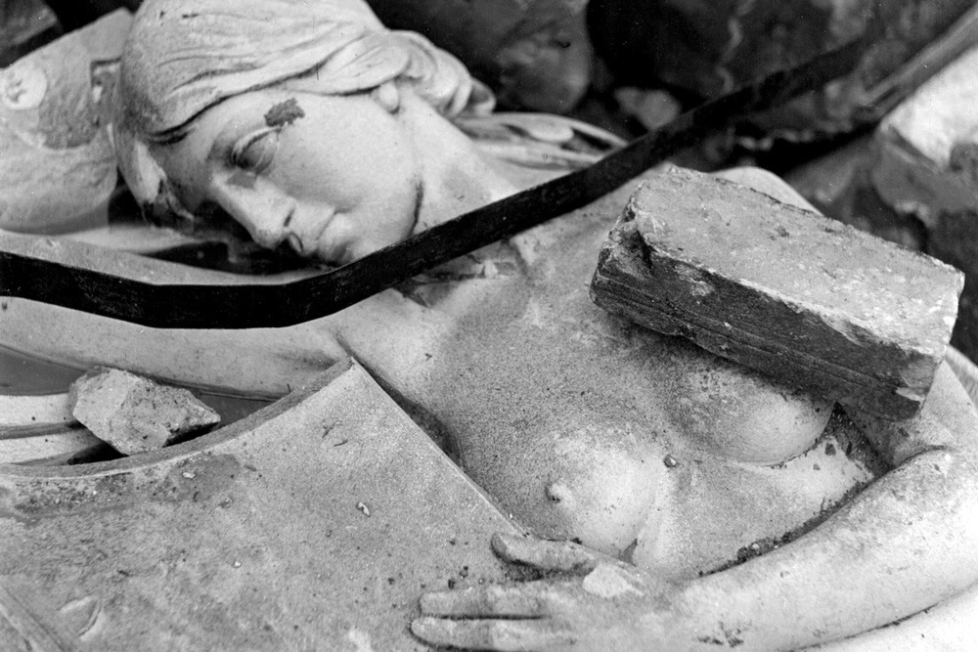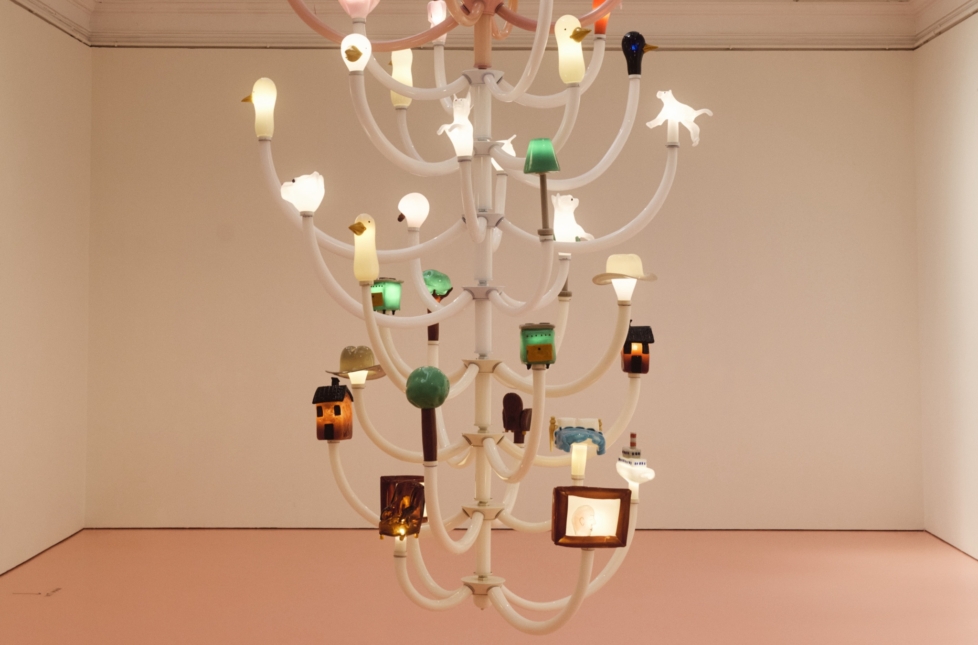
When he was young, he wouldn’t have shown this. It’s too ugly, hanging there with ten other similar paintings on a wall in the pristine first floor of Hauser and Wirth’s Paris gallery, just a stone’s throw from the Champs Élysées in the city’s most expensive and representative arrondissement, a neighbourhood that only top tier designer brands can afford for their flagship stores. The canvas is rather small and covered in thick brown impasto. Nearly monochrome, it is structured by agitated brushstrokes, giving it a chapped, scabby, even scarred, and – let’s say it – crappy appearance.
Six Points (1949), as the artist titled it: round dots of varying darker browns and blacks, one of a pale orange, some circled with a thin line in a more bluish grey, complicate the as such rather simple image further. It’s as if some of the pips from a game of dice had scattered and landed here.
But what is the point of showing Francis Picabia’s late works now? This is by far not the first time that the late years of the creative output of one of the most glamorous and influential figures of the art of the 20th century is on display. Certainly not in recent years, with several exhibitions – in particular by Michael Werner, himself an avid collector of Picabia, in his galleries in New York and Berlin – following the success of a major retrospective at the Kunsthaus Zürich and the Museum of Modern Art in New York in 2016.

In a 2024 conversation available on Youtube, Werner suggests that Picabia (1879–1953) is still underrated on the art market and alludes to the artist’s unique place in history, earned by a whirlwind of Dada inventions, poems and aphorisms, a plethora of publications in his lifetime alone, and countless provocations. Not even to speak of his paintings, such as the extensive series of superimposed translucent layers of disparate figurative images opening up pictorial spaces and mixing up and complicating the narrative trajectories of his ‘transparencies’ (mainly 1927–1932). It makes you wonder what the artist would have been capable of with access to contemporary technology, media, A.I….
Through all of his constantly shape-shifting oeuvre, the artist’s signature is remarkably constant, showing that Picabia himself was aware of the importance of signifying his authorship. As Philippe Parreno points out in a short text for Frieze on Picabia as artist’s artist: “authorship isn’t a right; it’s a discursive notion.” As if to support this, in his Dada-Manifesto from 1920 Picabia wrote: “Buy copies of autographs. Don’t be snobs, you will never be less intelligent because your neighbour possesses something exactly like yours.”
Picabia’s often provocative and demonstratively exhibited contempt for good taste, his ambiguity towards society as such, along with his interpretation of performing the role of the artist role as a jet-setting transatlantic funny guy unafraid of anything, seemed to eclipse the darker episodes of his life and art, such as the sexism that echoed in many of his pin-up paintings based on nudes from erotic magazines. Once considered provocative, they are today regarded as precursors to appropriation art and the bad painting of a whole generation of artists such as Martin Kippenberger and Mike Kelley, up to Thomas Ruff and Jana Euler.
Much more damaging in the long run were his by now infamous anti-Semitic remarks (in a letter to his former wife Gabrielle Buffet-Picabia) which have succeeded in tarnishing the artist’s legacy significantly – even more than a public statement in favour of Marechal Pétain, head of the collaborationist Vichy regime. But, then again, unlike his friend Picasso, who famously publicly supported Stalin, no one ever suggested Picabia was a political activist, let alone a moral compass.


Close on the heels of the 2023 publication of the artist’s massive four volume catalogue raisonné, the show in Paris focuses on works the artist produced in the eight years between the end of the Second World War and his death in 1953. It presents forty-four works that could be grouped roughly along three lines of interest: composite abstractions, mystical prehistoric figures, and the dot paintings. Often drawing inspiration from earlier compositions and sometimes partially painting over them, they appear as if the artist was if collaging or re-editing different layers of his paintings, or, on occasion, completely covering them to the degree that previous paintings could only be guessed at by immersing ourselves in the thickets of the impasto.
One example of the composite or retrospective reworking is Les Bonnes Idées (Good Ideas, 1948) which could be a parody of a Cubist composition: a simplistic stack of eight to ten boxes (or canvasses?), in pink, white, brown, and blue-olive lines against pitch black; simplistic drawings in ultramarine designate each box, as if for moving house.
Having pretty much sat out most of the Second World War at the French Riviera without having to change much of his exuberant lifestyle – except for swapping his beloved fancy automobiles for a bicycle – Picabia went on partying, working, and having successful shows. In the summer of 1944, parallel to the liberation of France, he suffered a severe health crisis, possibly a stroke, and had to be hospitalised for several months. Adding to his distress was an accusation of collaboration with the enemy (of which he was eventually cleared), which saw him placed under police guard in the hospital and his wife, Olga Mohler, imprisoned. Several months later, after their release, the couple moved to Paris and settled down in the top floor of the very house the artist was born in. It would be his final address.
The new paintings were dark and theatrical, with simplistic yet mysterious totemic figures emerging from the dark, like Le Brave (The Brave, 1947), inspired by Neolithic images of animals and other figures scratched into bone fragments. As if the ultimate disaster of the Second World War required art to go back to its deepest prehistoric roots – a sentiment Picabia shared with a younger generation of artists whom he met through hosting Sunday salons.
An important acquaintance at this time was the influential art critic Michel Tapié, author of Un Art Autre (Another Kind of Art, 1952), outlining the idea of a new French school of abstract, non-geometric art – informel. His ideas paved the way for an understanding of the upcoming developments, from Lucio Fontana to Barnett Newman and Jackson Pollock. Already in 1946 Tapié had drawn connections between the works of the elder Dadaist to that of his younger contemporaries associated with the concept of Art Brut, namely Henri Michaux, Jean Fautrier, and Jean Dubuffet.
So what to glean from this show? As legendary curator Harald Szeemann once put it, Picabia is the one who permanently sets himself apart from all movements that might become ideologies. Far from adopting the existentialist concepts of his younger contemporaries, he cultivated his own non-committal approach, resulting in deceptively simple yet enigmatic works: the dot paintings, heavily structured monochromes in white, pink, black, blue, and brown, with varying numbers of points in more or less contrasting colors.
What Picabia did not change was his habit of overpainting old canvasses. So while the pictures show a number of dots, the structure of the applied paint points at something different, just below the visible surface. It’s removed, inaccessible, and has to remain a secret because, as the artist liked to say: only the impotent prostrate themselves before the past. That’s how we know what it is: the young Francis Picabia and his joy in painting.

